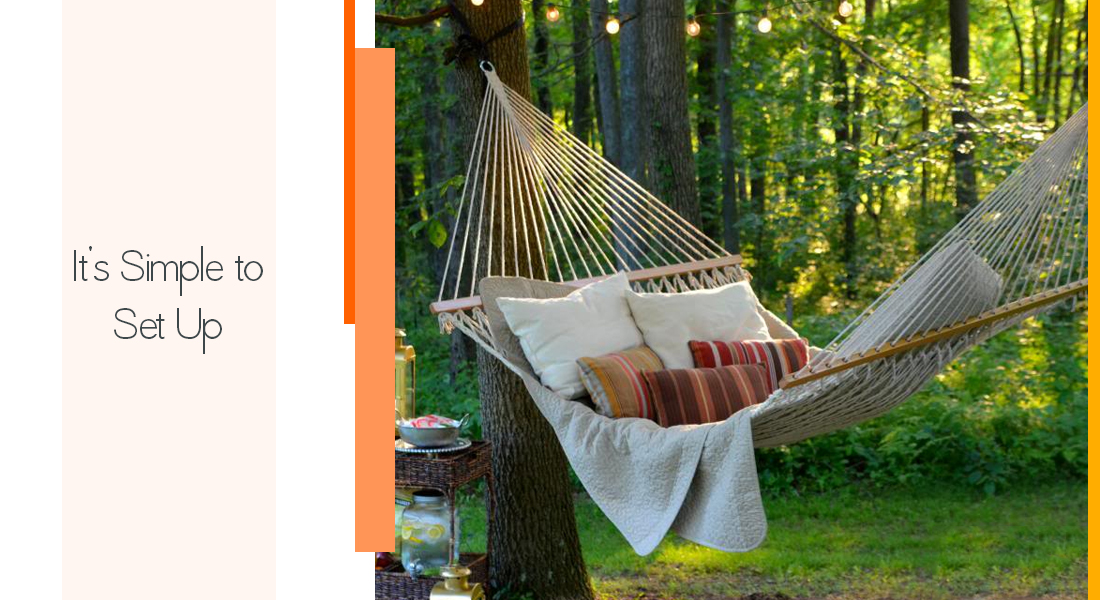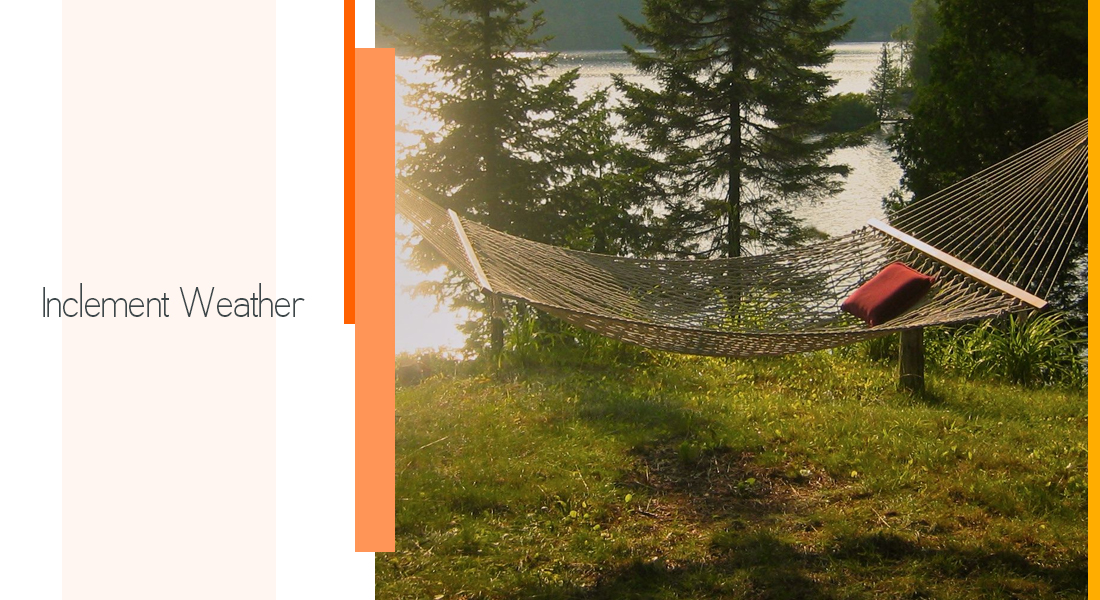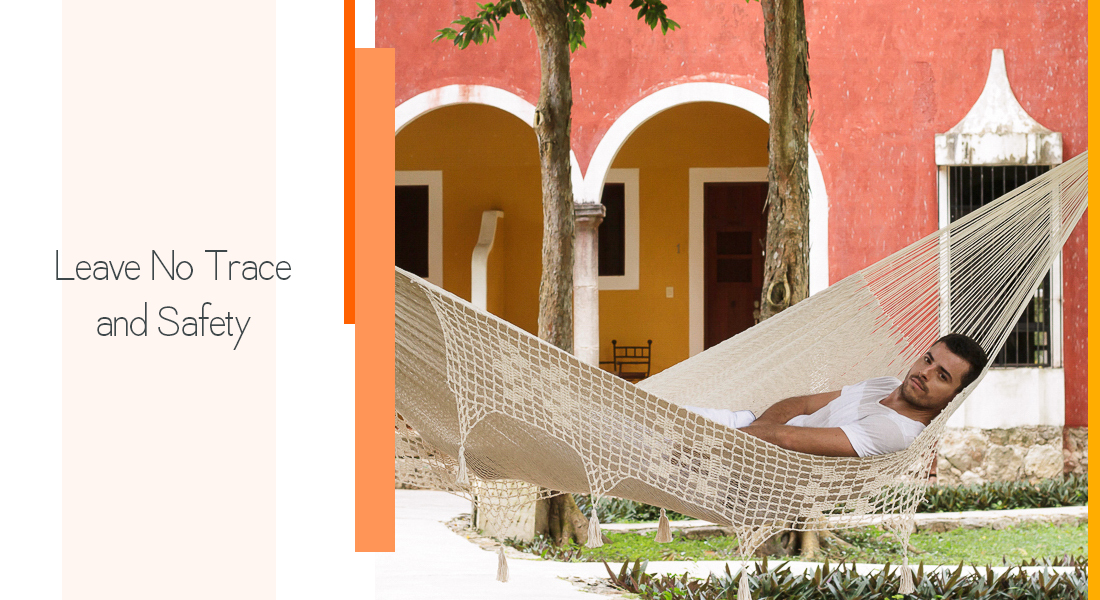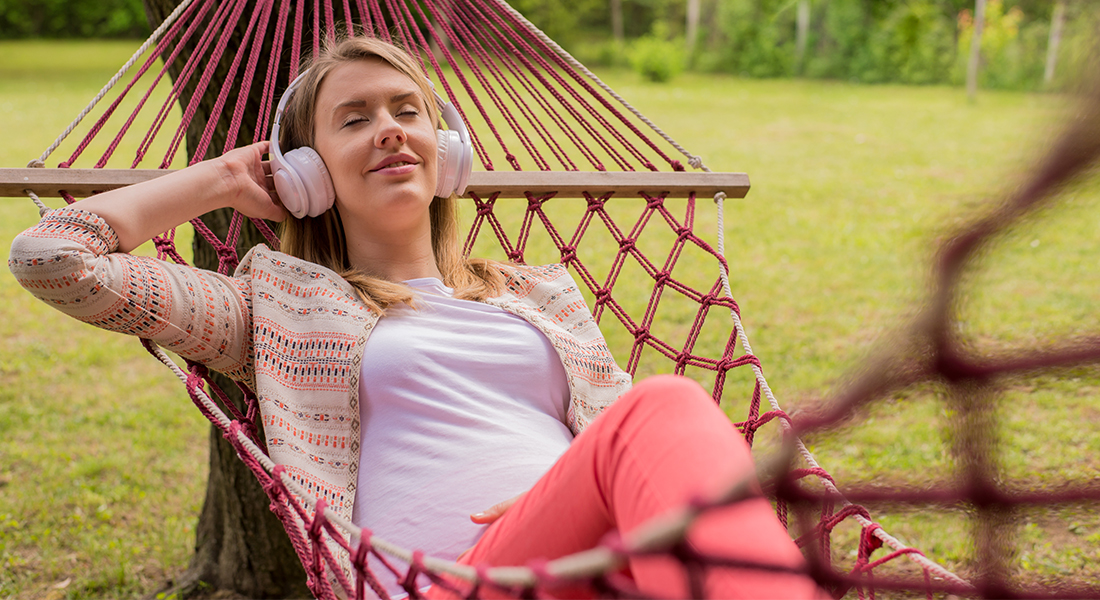Cart review
Read This Before You Go For Hammock Camping
There are some beautiful things that we think about while planning camping. It’s most likely a tent. Over the years, tents and camping vacations have become closely interwoven. Meanwhile, a different tent method has appeared: the hammock that is starting to evolve. No, not the woven net and wooden spreader bars in your garden hammock that keep tumbling you around. Rather, it’s a Camping hammock.
Designed just for Sleeping in
Such a free-standing hammock is great for sleeping. Still, they are currently seeing a lot of improvements in terms of design and materials, and they are becoming increasingly popular with car campers and backpackers all over the world.
Advantages:
The great benefits of camping with the hammocks are the following:
More Convenience
A camping hammock allows you to get away from it all. It takes some practice to sleep comfortably in a hammock, but once you get the hang of it, you’ll have the nicest night’s sleep you’ve ever had in the great outdoors. Some people even prefer their hammock to their home bed.
So, if you want to hit the trails refreshed each morning and return home feeling revived rather than exhausted, invest in a Camping hammock.
More Adaptability
Camping hammocks give you more flexibility in terms of where you sleep at night: you can tie your hammock between trees and rocks, beneath piers, over a stream, on a hill, next to a waterfall, or even between two vehicle racks.
A hammock also serves as a chair and a lounger on your journey and a bed for sleeping.
And, of course, it can be used for the same purpose when you get home; whereas a tent remains in your basement between excursions, you can use your hammock to rest in your backyard at any time.
It’s Simple to Set Up

It’s extremely simple to set up a Camping Hammock. A hammock can be hung in about two minutes. There will be no more fumbling with tent poles and stakes.
It Is both Light and Space-Saving
The camping hammock has a rain fly and mosquito netting while weighing under 3 pounds. Because it’s so comfortable, you can sleep comfortably in your tent without bringing a pillow or sleeping inflatable mattress.
More Transparency
Tent camping isn’t popular among adventurers because you’re effectively swapping a robust roof at home for a thin roof in the woods.
If your purpose for vacationing is to get as much greenery and clean air as possible, resting in a Camping hammock is indeed the solution to go.
You’ll rock to the sound of calm breezes, fall asleep while gazing at the stars, and wake up to the view of the sky. Put a rain cover over your hammock if the forecast calls for rain or if you want to sleep past daybreak.
Excellent Value For Money
Most shelters use the same greater components and construction as many camping hammocks.
Planning For a Hammock Camping?

Getting a flat lie is a key to getting the most comfort out of your Camping hammock. Make sure you’re not lying lengthwise, or you’ll look like a human banana. Back discomfort arises as a result of this.
In practice, this isn’t the case. In truth, your body weight will tighten the hammock even more around you. Throughout the night, the hammock will press your shoulders painfully.
Instead, try to maintain the Camping hammock as slack as possible. Allow for plenty of slack in your hammock and make it beautiful and curvy.
You can now utilize the entire width of the hammock. Consider yourself at a 30-degree angle from the hammock’s midpoint.
The rest of your body will lie pretty flat, slightly elevated, except for your neck and feet. The outdoor hammock should hug your back’s natural contours.
If you’re going hammock camping, the next thing you’ll need to know is how to remain warm. Even in winter, you may take your Camping hammock to the mountains with confidence if you have the proper insulation.
Insulation
You’ll need to keep warm while camping in a hammock frame. Insulation is critical, and a sleeping bag alone is frequently insufficient.
The mass of your torso compresses the sleeping bag’s bottom layer, significantly reducing its insulating properties. Using an under blanket with your hammock is the greatest method to remain warm.
A below quilt is a feather or fibre comforter laid across the hammock’s outside to provide bottom insulation. When using a top quilt or a traditional sleeping bag, a down quilt is the best way to insulate yourself at night effectively.
If you don’t want to spend the money on an under the quilt, you can use your sleeping pad with a sleeping bag. In a Camping hammock, this will work perfectly.
The major disadvantage is that staying under the pad for the entire night may be challenging.
A sleeping pad may be too small for some persons to insulate their shoulders properly.
According to how your camping swag is set up and the stance you rest in, the space surrounding your shoulders might be cold. Some sleeping mats come with “wings” that expand the pad across both ways to solve this difficulty.
These “wings” form a sleeping pad in the shape of a cross. By cutting parts of another foam pad and taping them to the sides of your sleeping pad, you may quickly customize it.
If you’re not ready to spend on quilts, there are several innovative ways to acquire fantastic insulation.
Inclement Weather

While Camping hammocks are best enjoyed in the sun, poor weather might occur at any time during a camping vacation. Bring a rainfly and fall asleep dry and warm to the pitter-patter of showers.
Rainflies come in a variety of shapes and materials. Blue plastic tarps from the hardware store are the most basic rain flies.
These tarps are long-lasting, inexpensive, and efficient in keeping water out. They are, obviously, quite large and add a great bit of load to your carry.
Rain flies are available for hammock campers who prefer an alternative to the blue tarp. These flies are made of Silnylon, a compact, resistant fabric.
It’s not as heavy as a blue tarp, but it’s equally waterproof. These rain flies are already popular among ultralight travellers who like to sleep under a tarp on the ground. A ridgeline and a pair of stakes can hold the sides taut.
Many forms provide varying degrees of protection. A diamond rainfly may provide adequate rain protection and save some weight, but it struggles in high winds.
A hexagon covers a larger area, but you must now stake four corners rather than just two. Rainflies can completely encircle your Camping hammock during the hardest storms.
These turn your hammock into a floating tent protecting you from all sides. Find out how to pick the best rainfly for your next vacation.
Nets for Bugs

While bugs aren’t as prevalent in the winter, once the temperature rises, mosquitoes emerge. It’s critical to be safe from the bloodsucking critters during the summer months. You may enjoy complete pest protection in a hammock with properly designed mosquito netting.
When choosing an insect mesh, there are some choices to think about. Certain nets are specifically designed to be used with a hammock.
These nets have two open loops at either end, similar to huge cylinder nets. The Camping hammock is looped through the two free ends, and the ends are secured with a string when inside.
A ridgeline carries the net in the hammock to maintain it off your face.
Another option is to drape mosquito netting over a ridgeline with all-purpose mosquito netting. Allow the ends to fall to the ground or knot them together to create a barrier inside the hammock.
Avoiding camping near mosquito hotspots is sometimes the best defence. It is not advisable to camp near major pools of rainwater in which insects thrive. Although the shore of that crystal clear lake appears to be an ideal camping spot, it is also mosquito heaven. Mosquito activity can be reduced simply by relocating a few hundred feet away from the lake’s edge. If the mosquitoes are inescapable, don’t be scared to spray yourself with mosquito repellent before bed.
Mosquito netting is immediately linked to the hammock in some cases. Although these hammocks offer adequate protection, they only cover half of the hammock. It won’t stop the bloodsuckers if they’re persistent.
Cords Or Straps?
It is usually preferable to utilize tree straps rather than raw rope while hammocking. Many hammock makers include and offer a couple of strings or cables as part of their “suspension system.
This is quite deceptive and should be avoided by the astute hammock. If you only use the rope to tie your hammock, you risk damaging the tree’s bark.
Use tree straps to evenly distribute the pressure on the tree and avoid any additional harm. You’re relying on a live organism to obtain that cozy hang, so please try to keep your effect to a minimum.
Choose sturdy trees that can handle the horizontal stress you’ll be exerting on them from the hammock. Hanging from younger trees is not a good idea. Choose trees with substantial trunks and robust branches to be on the safe side.
Leave No Trace and Safety

Always be cautious when doing anything outside. Before utilizing your gear, inspect it for defects or visible damage.
You don’t want to jump into your hammock bought from camping stores in Melbourne and tear the material since you didn’t see a gap. To prevent harm, never swing taller than you’re willing to fall.
Before you pack your camping hammock, double-check that hammocks are permitted to be hung from trees in the region where you plan to camp.
Choose robust trees that can sustain your whole weight when deciding where to hang the hammock. Avoid dead trees since their cores may have rotted away, causing them to snap under your weight.
Ensure there aren’t any high dead limbs that could collapse and tumble. If you’re camping in the cold season, the force of heavy snow may be enough to break such trunks. Look for any huge dead bushes that may have dropped and been trapped overhead.
These are known as widow makers, and they can be thrown off by the wind or by tying a hammock to one of the trees where they’re sleeping.
Make sure you’re not attaching your hammock to a tree that has any of these and that you’re not in their way when you’re doing so.
Buy Camping Hammock from Camping Swag Online
You can visit Camping Swag Online to get the best hammocks made for your outings. Buy now using the greatest payment method for a spectacular experience.

